-
How science recruiters and job applicants can get on the same page
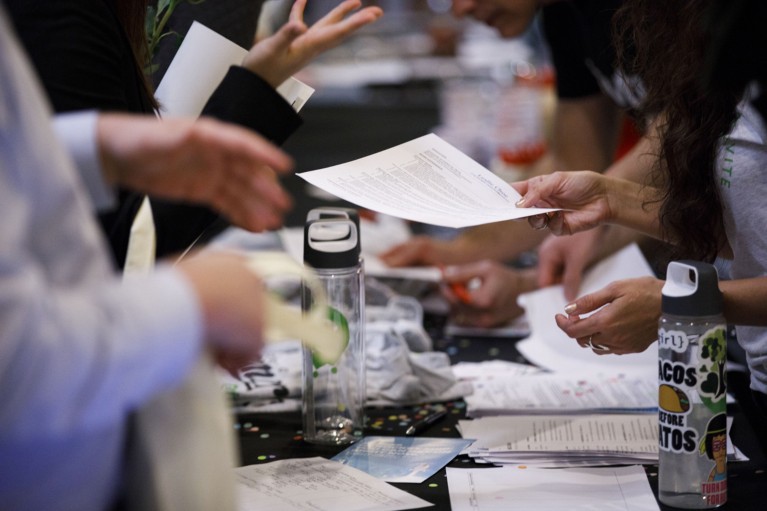
Careers fairs are formal recruitment channels, but some recruiters prefer to hire from their professional networks.Credit: Patrick T. Fallon/Bloomberg/Getty Every year, tens of thousands of people around the world apply for research jobs armed with postgraduate qualifications and specialized knowledge, only for their carefully crafted applications to seemingly vanish into a digital void. At the…
-
Nonlinear memristive computational spectrometer
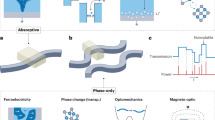
Abstract In the domain of spectroscopy, miniaturization efforts often face significant challenges, particularly in achieving high spectral resolution and precise construction. Here, we introduce a computational spectrometer powered by a nonlinear photonic memristor with a WSe2 homojunction. This approach overcomes traditional limitations, such as constrained Fermi level tunability, persistent dark current, and limited photoresponse dimensionality…
-
‘Nicotine Nazis’: the brickbats hurled at scientists researching tobacco’s harms

A tobacconist kiosk in Krakow, Poland, where researchers and anti-smoking campaigners were labelled ‘militant extremists’.Credit: Artur Widak/NurPhoto/Getty Scientists who study harms caused by tobacco, alcohol and ultra-processed foods can face cyberattacks, lawsuits, surveillance and physical violence, a study finds. Many are labelled extremists, fascists, zealots and prohibitionists, it adds. The study is a review of…
-
Daily briefing: The science behind the deadly Los Angeles firestorm
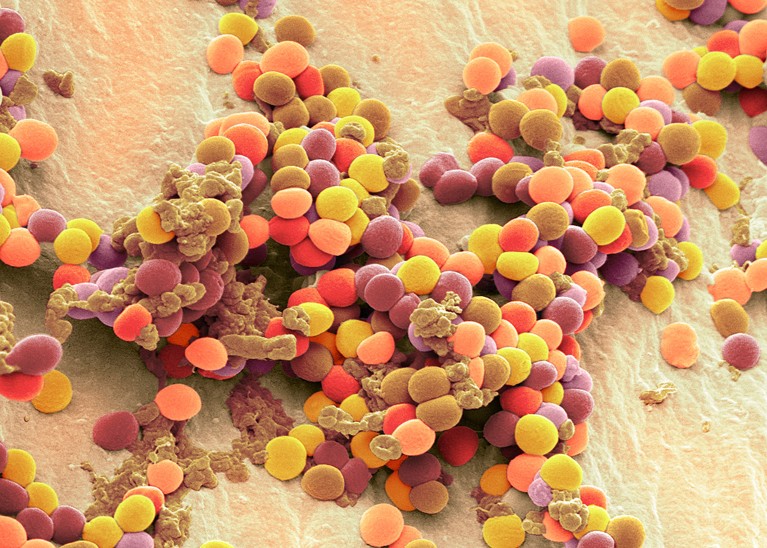
Hello Nature readers, would you like to get this Briefing in your inbox free every day? Sign up here. Staphylococcus bacteria are responsible for many infectious diseases.Credit: Steve Gschmeissner/SPL Ten bacteria hog scientists’ attention Scientists have identified more than 45,000 bacterial species — but just a handful of these have been deeply studied. Paul Jensen,…
-
These are the 20 most-studied bacteria — the majority have been ignored
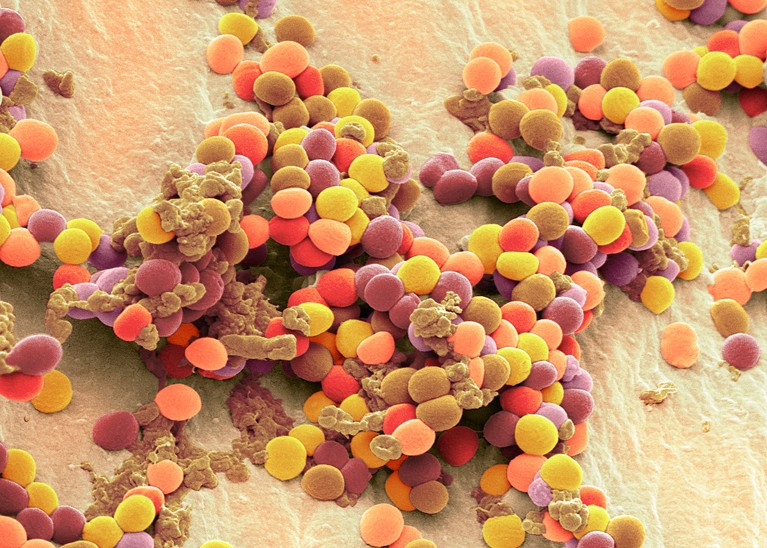
Staphylococcus bacteria are responsible for many infectious diseases.Credit: Steve Gschmeissner/SPL Paul Jensen, a microbial-systems biologist at the University of Michigan in Ann Arbor, wanted to see whether artificial intelligence (AI) tools, such as large language models, could synthesize research on different microorganisms. So he located all the relevant papers on a bacterial species that his…
-
Governance of Indigenous data in open earth systems science
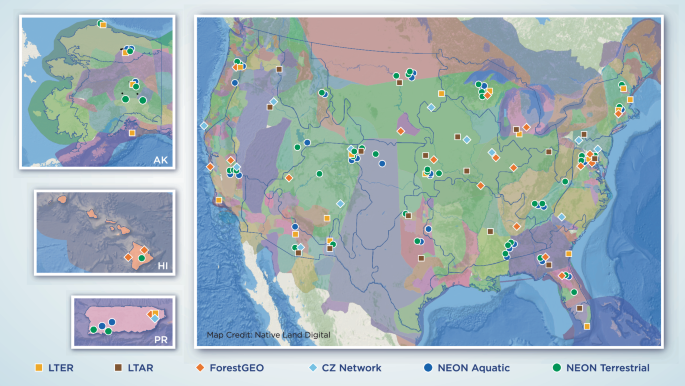
Abstract In the age of big data and open science, what processes are needed to follow open science protocols while upholding Indigenous Peoples’ rights? The Earth Data Relations Working Group (EDRWG), convened to address this question and envision a research landscape that acknowledges the legacy of extractive practices and embraces new norms across Earth science…
-
Revealed: the fatty cells that are the ‘bubble wrap’ of the body
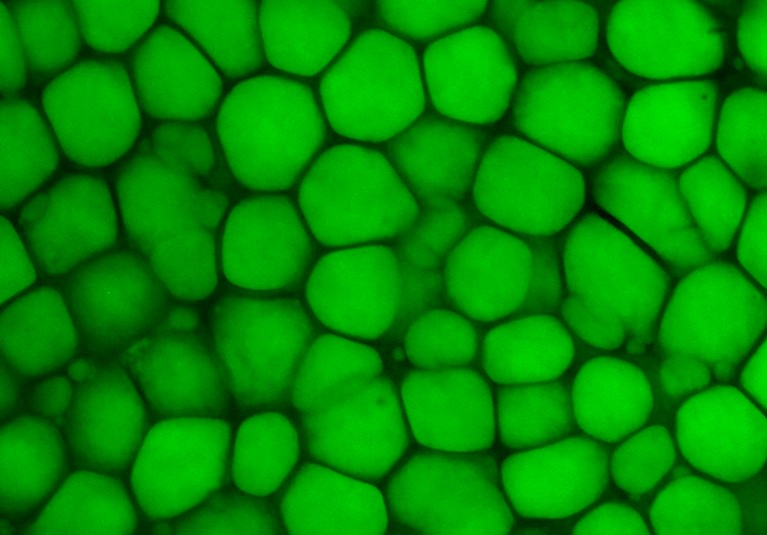
A green dye marks lipocartilage cells from the ear of a rat.Credit: Plikus lab, Univ. California, Irvine The ear and the nose are squishy and stretchy thanks in part to ‘bubble wrap’ cells that provide extra cushioning and structural support to various body parts, a wide-ranging study1 shows. These ‘lipocartilage’ cells — which are found…
-
San Francisco’s Nature and Science Meccas Deserve Your Visit Again

I’ve lived in San Francisco now for more than five years, and until a few weeks ago I had never been to some of its most storied institutions. I have excuses. One is timing — I arrived about six months before the pandemic. By the time I settled into my neighborhood and underwent a major…
-
What will viruses do next? AI is helping scientists predict their evolution
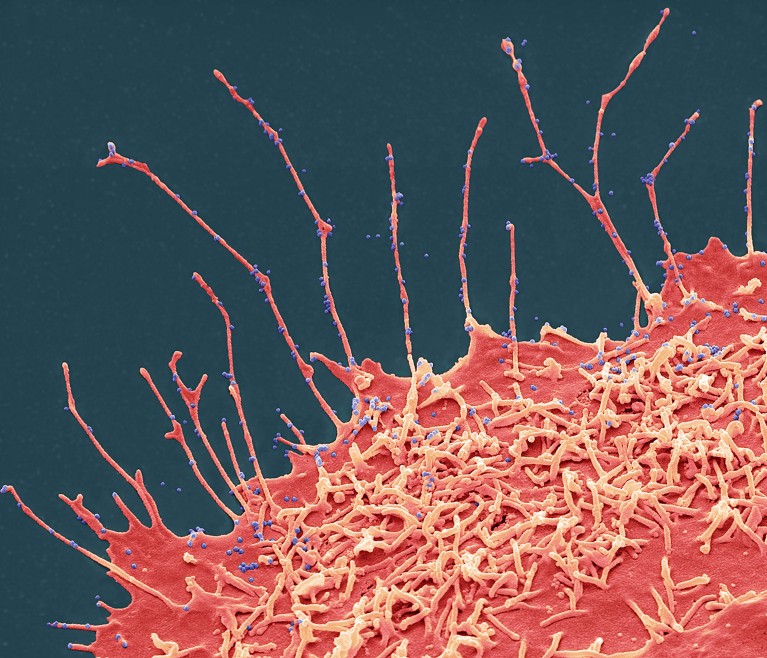
RNA viruses including SARS-CoV-2 constantly accrue new mutations.Credit: Steve Gschmeissner/Science Photo Library The holy grail of pandemic preparedness is being able to predict how a virus will evolve just by looking at its genetic sequence. Those days are still a way off, but a growing number of research groups are using artificial intelligence (AI) to…
-
Why kids need to take more risks: science reveals the benefits of wild, free play
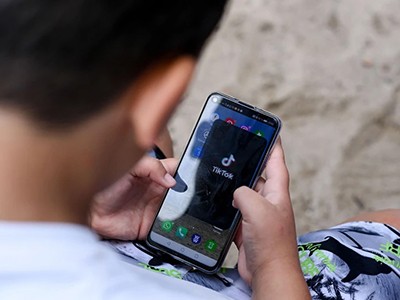
On a warm, sunny beach near Melbourne, Australia, Alethea Jerebine watched her daughters scrambling up a jumble of rocks. “Can they do that?” she worried about her 10-year-old and 13-year-old. The rocks were pocked with crevices and so steep that they gave Jerebine vertigo. Instinctively, she wanted to tell them to stop. At the same…